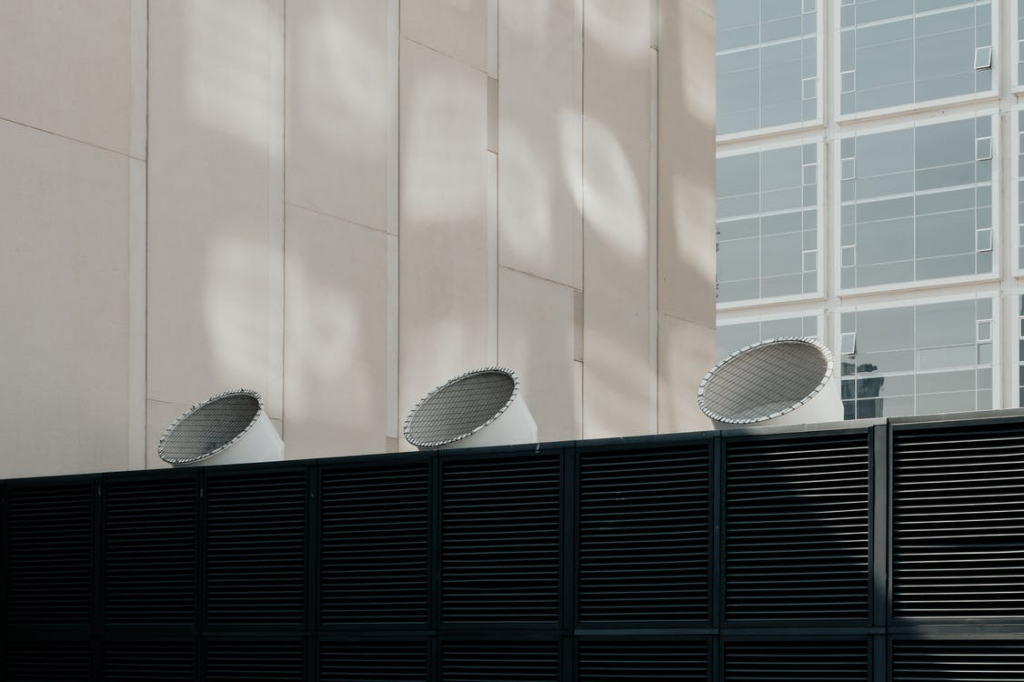The toxic fumes of synthetic cleaners, paints, and insect repellents can make the indoor air hard to breathe in. Therefore, adequate ventilation is crucial in maintaining indoor air quality.
Heating, Ventilation, and Air Conditioning system are installed in homes to regulate the indoor temperature and air. The system reduces indoor moisture, odors, and pollutants. Hence, it is essential to have a functioning ventilation system in your home for a better quality of life.
Here’s a list of the different types of ventilation systems and how they operate in changing climates.
Natural Ventilation
Natural Ventilation is the simplest and cheapest form of ventilation. You can make your home naturally ventilated by opening the doors, windows, and vents. The outdoor air replaces the indoor air and controls the temperature and humidity of the room.
In summer, natural ventilation keeps a house or building cool by drawing out warm stuffy air and replacing it with fresh air. It also saves up on energy costs.
However, natural ventilation is unreliable. It heavily depends on the outside temperature. So, it is inconvenient during the colder months. It is also unable to maintain a sufficient moisture level leading to mold and mildew growth.
Spot Ventilation
In spot ventilation, exhaust fans are installed in kitchens and bathrooms to control the humidity levels. The exhaust fans draw out moist air and indoor pollutants. They offer a more controlled and improved environment than natural ventilation.
The disadvantage of this mechanical ventilation is that it is localized. So, it will ventilate only particular areas having exhaust fans. Remember to turn off the exhaust fan after a specific time. Else the motor can overheat and catch fire.

Whole-House Ventilation
The whole-house ventilation system is a part of modern housing schemes. It involves various ducts and vents spread throughout your house. These ducts and other HVAC components regulate the indoor air quality mechanically and reduce the moisture levels inside your home.
Whole-house ventilation has three types; Exhaust Ventilation, Supply Ventilation, and Balanced Ventilation. Exhaust ventilation depressurizes your home by exhausting air from the house. The new air enters the house through passive vents and leaks. This system is suitable for colder climates since depressurization in hot climates can draw in the humid air. It will damage your house’s wall.
Supply ventilation works on the pressurization principle. Through pressurization, it draws filtered air from the outside. It minimizes outdoor pollutants in the indoor living space. This ventilation system works best in hot weather. In cold climates, it causes moisture problems by leaking the warm air through openings and ceilings.
A balanced ventilation system is more expensive to install than supply and exhaust ventilation. It has two ducts and two fans. The system ensures a balance between the stuffy air leaving the house and fresh air entering the house.
If you are looking for fast and affordable service to replace your house ventilation system, connect with us at the Florida Breeze. Our certified HVAC technicians will perform an efficient Air Conditioning Installation, Air Conditioning Repair, and HVAC inspection.
Contact us for premiere quality Air Conditioning Repair services.
